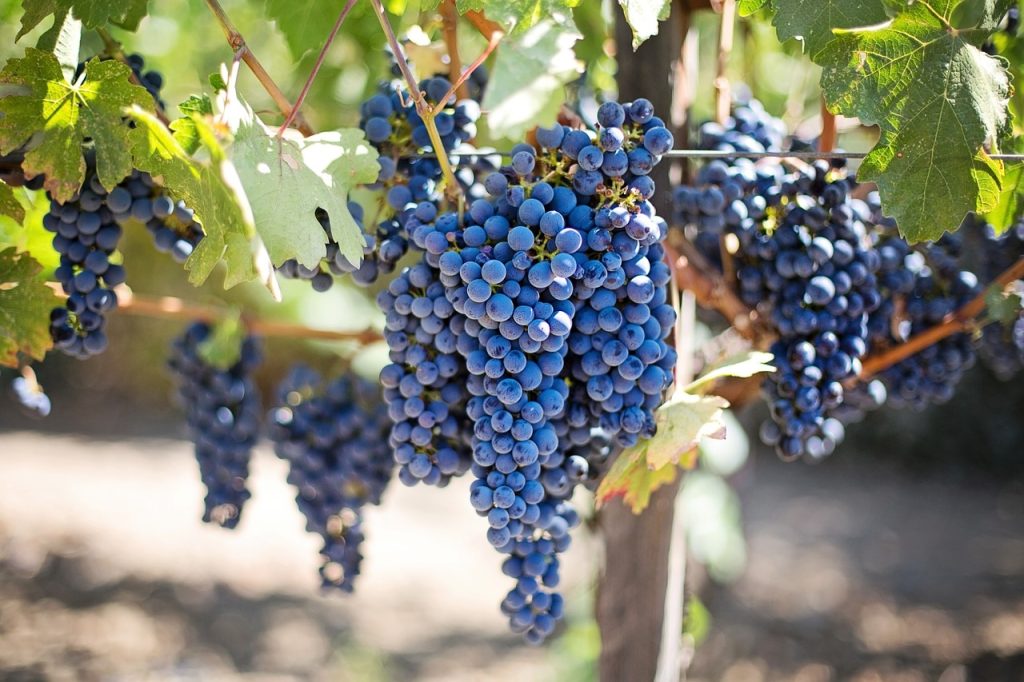The bankruptcy of the agricultural cooperative and winery Dingač form the Pelješac peninsula in Dalmatia, begun only 10 months ago is looking to be closed swiftly, so the cooperative would continue operating with capacity reduced by 30% compared to the pre-crisis period, controlled by around 300 interested cooperative members, Poslovni.hr reported on September 12, 2017.
Bankruptcy manager Ante Mrkonjić claims Dingač is saved, rating this procedure with a clear A. “All property is to be returned to the debtor, and the cooperative is committing to settle reprogrammed debts from the bankruptcy plan from wine stores and future income in reprogrammed deadlines, meaning operation is continuing,” said the manager. This unprecedented resolution comes from actions through which the bankrupted Dingač managed to preserve a market for its products. The shelves of all retail chains sell their products from stocks – so far 20% have been sold, at an average price of 28 kunas, and the remaining stock with a total value of 28 million kunas, as well as future income, are the basis of the bankruptcy plan.
Preliminary agreement was given by the creditors, whose assembly is scheduled for September 20 with voting on the agenda. If the plan is approved, as expected, next comes the registration of cooperative members who choose the cooperative bodies and manage it in the limited framework determined by the bankruptcy plan with a three-year supervision by the manager and Board of Creditors.
The continuation of the cooperative tradition, dating from 1902, seems to be coming into reality despite the fact many new wineries developing on Pelješac. According to the manager’s words, Dingač has a brand and production equipment only 6 years old, an advantage compared to other bankrupt wineries, such as the one in Imotski which has ceased to operate. Dingač will also continue with the same identity number and bank account, something that will be aided with grape buyout. As the two past seasons were skipped, the manager has announced the buyout of 20 tonnes of Dingač and 60 tonnes of Plavac, with a price of 15 kunas for Dingač, 12 kunas for Postup and 6 kunas for Plavac, all tied to optimal amounts of sugars.
Payment in advance is planned. The bankruptcy has listed 32 million kunas of total commitments, and the plan gives banks priority in collecting their debts – 6.5 million kunas to the Croatian Postal Bank, one million to Jadranska bank.
Workers will share the fate of the banks and be completely reimbursed. The state has 8 million kunas of claim and has agreed to write off around 580 thousand kunas of interest and has arranged a 10% write-off of the principal. “They also accepted my explanation that banks need to be repaid first. The grace period for state claims is one year, the total deadline has been extended from 2 to 4 years. Cooperative members and other suppliers have agreed to write off 50% of claims, and their 16 million kunas will be repaid within 6 years with a one year grace period,” said Mrkonjić and concluded the plan envisions, if the cooperative members do good business, an annual income of around 12 million kunas.
Translated from Poslovni.hr.











